
Electric vehicles (EVs) are more connected than ever, offering convenience and efficiency. However, this connectivity also presents new opportunities for hackers. As EV popularity grows, so does the interest of cybercriminals in finding ways to exploit these advanced systems. Understanding the methods they use can help mitigate risks.
Exploiting Vulnerabilities in Charging Stations
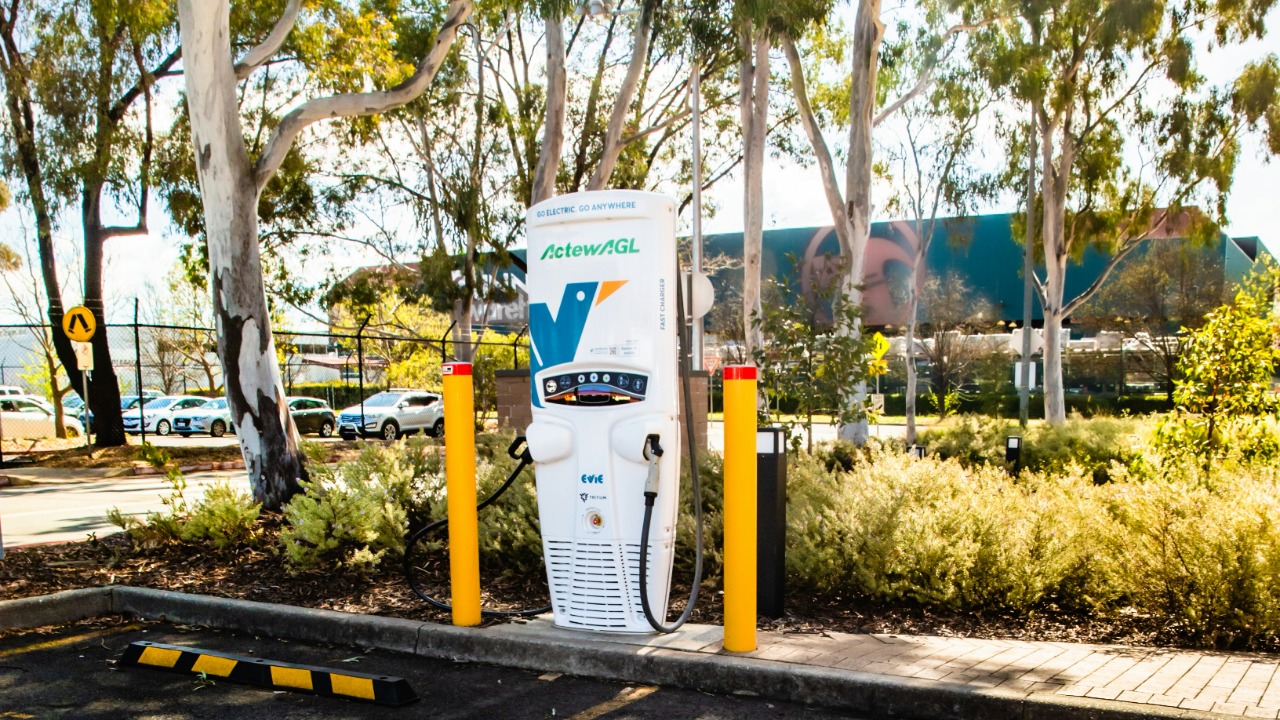
Public charging stations are essential for EV drivers, but they can also be a weak link in the security chain. Hackers can exploit vulnerabilities in these stations to gain unauthorized access to the vehicle’s internal systems. In some cases, attackers can even install malware that can spread to other vehicles using the same station.
For instance, a security spotlight highlights how public EV chargers pose risks to Tesla and other electric vehicles. By tampering with the software of these chargers, hackers can manipulate the charging process or extract sensitive data from connected vehicles.
Infiltrating Vehicle-to-Grid Communication Systems
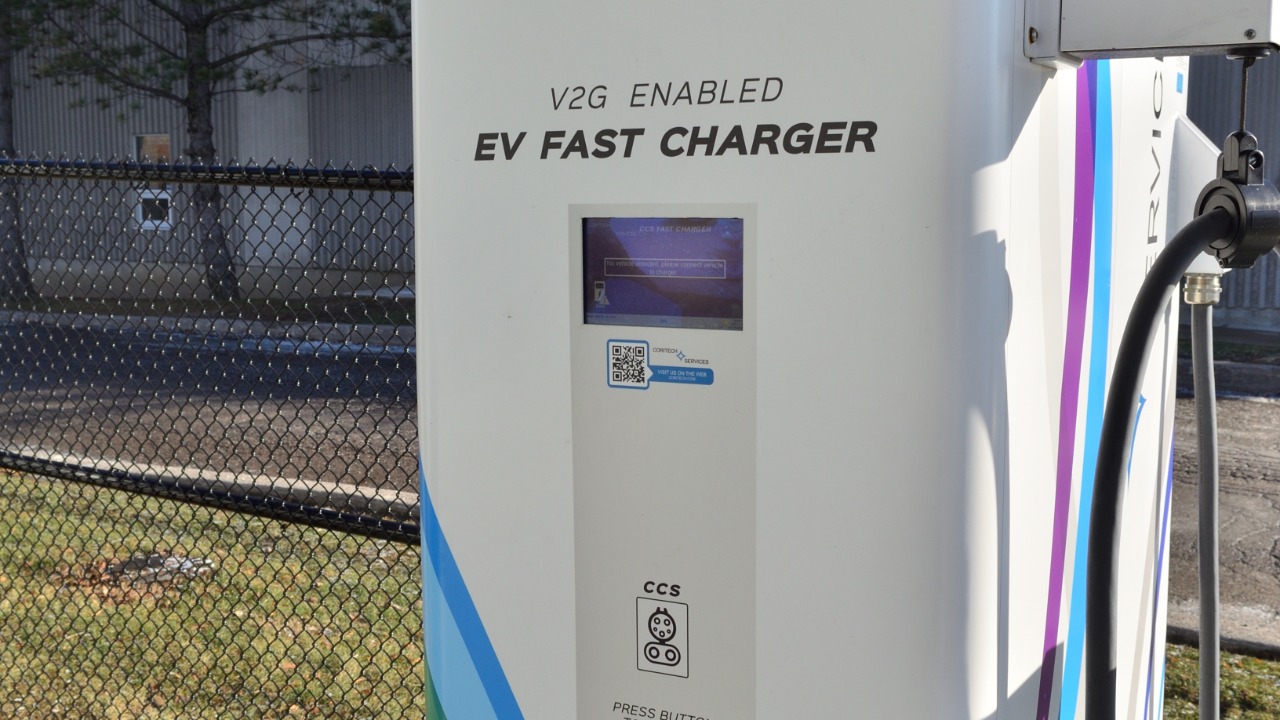
Vehicle-to-Grid (V2G) technology allows EVs to communicate with the power grid to optimize energy use. However, this communication channel can be compromised by hackers looking to disrupt the grid or steal energy. By intercepting these communications, attackers can manipulate energy flow or even cause power outages.
Research documented in the International Journal of Electrical and Electronics Studies identifies potential vulnerabilities in V2G systems. These weaknesses can be exploited to gain unauthorized access to the grid, posing a significant threat to both vehicle owners and utility providers.
Manipulating Over-the-Air Software Updates

Over-the-air (OTA) updates are a convenient way for manufacturers to deliver software improvements and security patches. However, if not properly secured, these updates can be intercepted or manipulated by hackers. This allows them to install malicious code or disable critical vehicle functions.
A study published in the OhioLINK ETD Center emphasizes the importance of securing OTA updates to prevent unauthorized access. Without adequate encryption and authentication, hackers can easily exploit these updates to compromise vehicle systems.
Hacking Mobile Apps for Remote Access
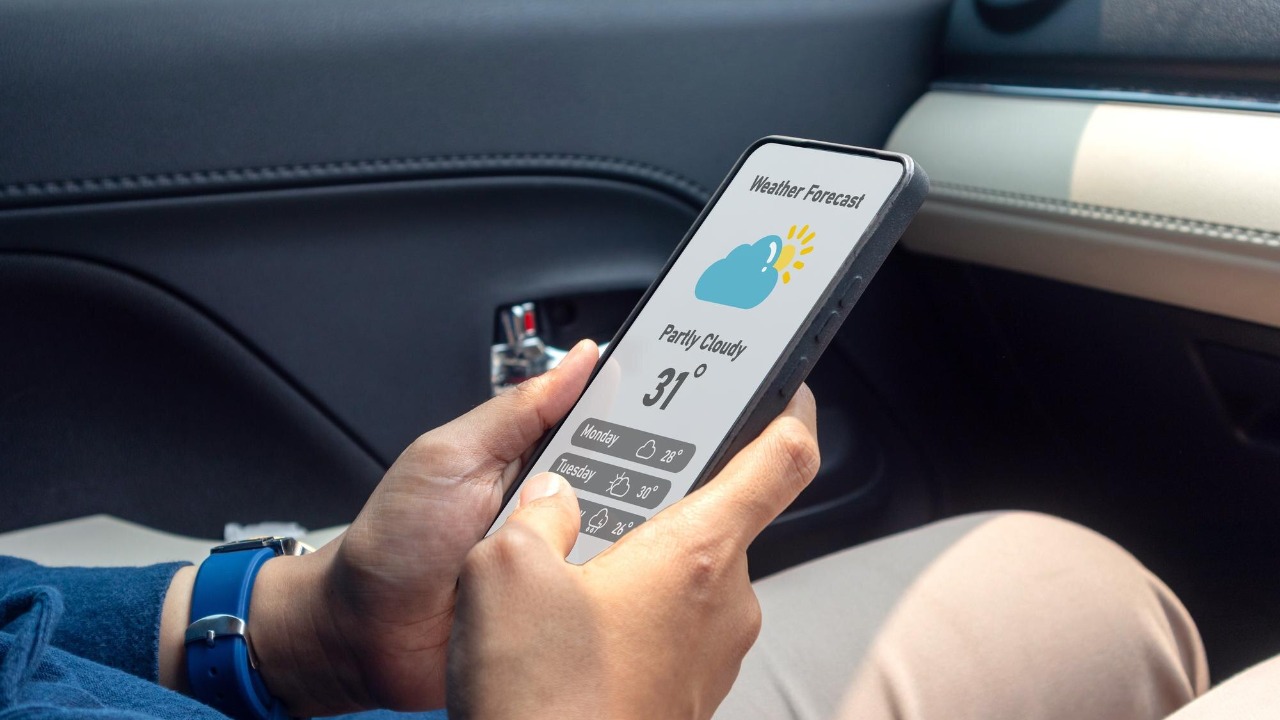
Many EVs are equipped with mobile apps that allow owners to control various functions, such as locking or unlocking doors and starting the engine remotely. Unfortunately, these apps can be targeted by hackers seeking to gain unauthorized access to the vehicle.
For example, vulnerabilities in the popular Tesla app have been exploited in the past, allowing attackers to unlock cars and even drive them away. Ensuring that these apps are regularly updated and secured is crucial for protecting your vehicle from unauthorized access.
Attacking Keyless Entry Systems

Keyless entry systems offer convenience but can be a target for hackers using relay attacks. By intercepting the signal between the key fob and the vehicle, attackers can unlock and start the car without the owner’s knowledge.
The Wall Street Journal highlights how hackers have successfully executed these attacks on various car models. Strengthening the encryption of keyless entry systems and using additional security measures like motion sensors can help prevent such intrusions.
Intercepting Vehicle-to-Vehicle Communication
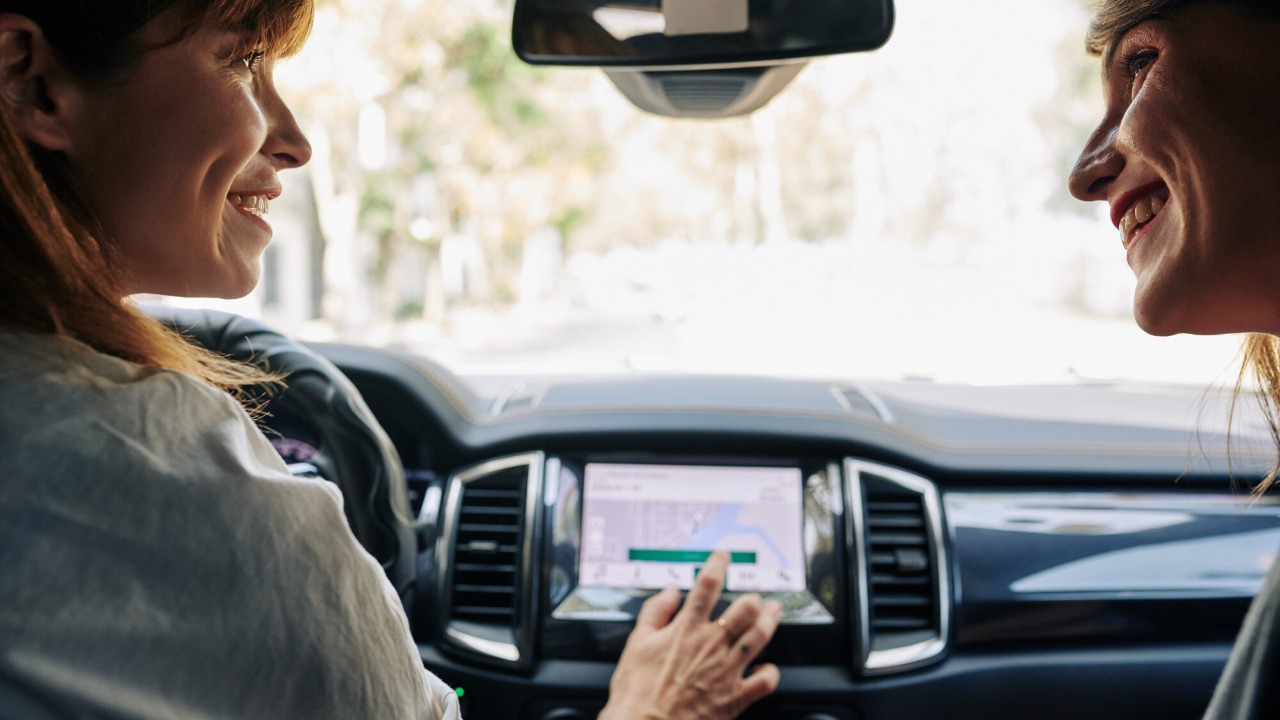
Vehicle-to-Vehicle (V2V) communication systems enable cars to share information about road conditions, traffic, and other factors. However, these systems can be hacked to send false data or disrupt communication, potentially leading to accidents.
According to findings in the IEEE Xplore Digital Library, V2V systems are vulnerable to various attacks, including spoofing and jamming. Implementing robust security protocols and encryption can help protect against these threats.
Targeting Telematics Systems

Telematics systems collect and transmit data about a vehicle’s location, performance, and other parameters. Hackers can target these systems to gain unauthorized access to sensitive information or even take control of the vehicle.
Ensuring that telematics systems are equipped with strong encryption and authentication measures is essential for protecting against unauthorized access and data breaches. Regular security audits can help identify and fix potential vulnerabilities.
Compromising Infotainment Systems
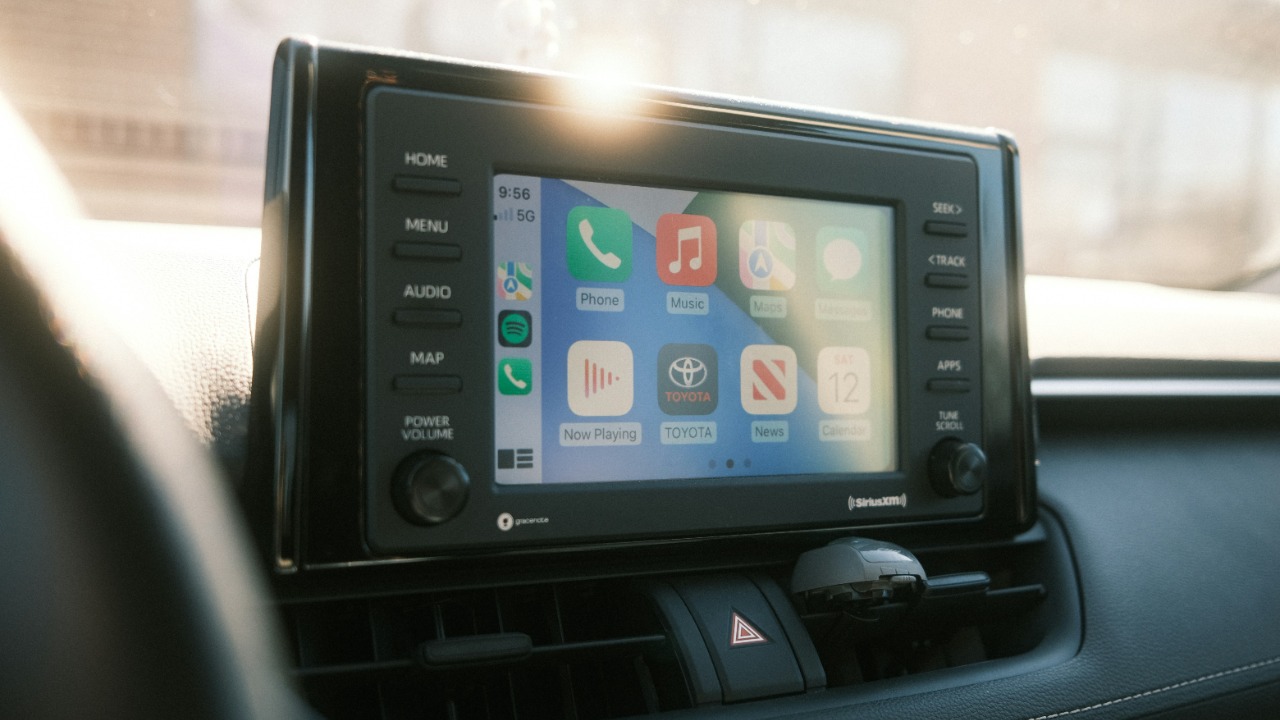
Infotainment systems provide entertainment and navigation features, but they can also be a gateway for hackers. By exploiting vulnerabilities in these systems, attackers can access personal data, track the vehicle, or even control certain functions.
Keeping infotainment software up to date and installing security patches can help protect against these threats. Additionally, manufacturers should focus on securing these systems from the ground up to prevent unauthorized access.
Launching Ransomware Attacks on EV Fleets

Ransomware attacks, which involve encrypting data and demanding a ransom for its release, have become a growing threat to EV fleets. By targeting the software that manages these fleets, hackers can disrupt operations and demand payment for restoring access. Implementing strong cybersecurity measures and regular backups can help mitigate the risk of ransomware attacks. Fleet operators should also be prepared with a response plan to minimize downtime and financial loss in the event of an attack.